Modernization in the Indian Army (Past to Future)
Sat, 16 Oct 2021 | Reading Time: 4 minutes
The Mughal Emperor Babur is popularly credited with the introduction of the artillery in land warfare in India, evidence is now available that it was the Bahmani Kings who first used artillery-in the Deccan in their wars against the Vijaynagar kingdom.
After that many rulers used artillery in wars like Mughals, Marathas, Tipu Sultan, Sikhs, and later on we participated in World War II also. The first Indian Artillery unit to see action in the war was against the Japanese. After this war, usage of artillery became famous in India also and later on during Burma operations, India-Burma border, Jammu & Kashmir operation, Poongli bridge, the very well known Tiger Hill{Kargil war}, we all saw that artillery performed very well. Experts quote “Artillery is the god of war”.
Today, in this article I will be talking about modernization of weapons & equipment in the Indian Army. To start with let me talk about AFV[Armoured Fighting vehicles]. The demand for Armoured Fighting Vehicles (AFV) in the Indian Subcontinent is a perennial one. In its edition of 01 July 2021, Dawn reported Pakistan’s induction of an initial batch of the latest Chinese manufactured VT-4 Main Battle Tanks (MBT). China, too, is now in the mix, having positioned the People’s Liberation Army (PLA) in Eastern Ladakh with combined arms battalions of medium and light tanks, such as the Type-99 and Type-96 MBTs and the Type-15, respectively. Indeed, the confrontation with China has reinvigorated a latent desire among military minds in India to field a suitable light tank in the Himalayas to counter China’s numerical strength in AFVs.
In April 2021, the Indian Army (IA) raised a Request For Information (RFI) for approximately 350 light tanks of up to 25 tonnes—air-transportable and preferably amphibious, with a modern gun capable of firing shells and a missile to defeat AFVs, and with a crew of two or three personnel.[2] In June 2021, the IA raised another RFI for a Future-Ready Combat Vehicle (FRCV), seeking a “state of the art technology enabled” MBT (a specific figure of 1,770 tanks was mentioned), to be inducted by 2030.
If I talk about the current scenario then,tThe backbone of the armour fleet in the IA is the T-90S (the HVF Avadi assembled version is the Bhishma); approximately 1,200 tanks are in service, with another 500 in the pipeline. The other major holding is of the older T-72M1s, with the DRDO/HVF version being the combat improved Ajeya (CI-Ajeya). Finally, there are the Arjun Mk 1 and Mk 1A tanks; 124 Mk 1s are already in service, and the IA has recently inked a contract with the OFB for 118 Mk 1As, to be inducted over the next five to seven years in a staggered manner.
Now talking about the “Infantry weapons’ modernisation from 2011 to 2021”, then as of October 2020, the Army required approximately 9.5 lakh assault rifles, 4.6 lakh CQB carbines, over 57,000 light machine guns (LMGs), and around 5,000 sniper rifles, for its over 12-lakh-strong force with more than 380 Infantry and 63 Rashtriya Rifles battalions. Its standard issue assault rifles are the INSAS (Indian Small Arms Systems), adopted in the 1990s and known for their lack of reliability; and the indigenously produced Trichy Assault Rifle and Ghatak, variants of the famous AK-47. Of these, even the more favourable AK-47 variants have long become outdated, and the Infantry urgently needs a new generation of assault rifles to transform it into a lean and more efficient fighting force.
In 2019, the AK-203 was selected as an upgrade and the deal is reportedly in its final stage, pending approval from the Ministry of Defence (MoD) and Cabinet Committee on Security (CCS). However, the delay in the acquisition of the AK-203 pushed the government to acquire advanced SIG716 assault rifles from the United States (US) under the Fast-Track Procurement (FTP) procedure, especially in light of the tense situation along the Line of Control (LoC) at the time, China’s aggression in Ladakh, and the realisation that Beijing poses an active threat to India’s sovereignty and territorial integrity. The SIG716 has been the most substantial upgrade in the Indian armed forces between 2011 and 2021.
The Indian government plans to use atma nirbharta (self-reliance) in defence manufacturing and the ‘Make in India’ initiative to guide future acquisitions . Once the AK-203 deal is signed, the Indian Army’s requirement for new assault rifles will be met; that leaves requirements for carbines, LMGs, and sniper rifles. In carbines, India has two indigenous options: the Joint Venture Protective Carbine (JVPC), a collaborative effort between the Defence Research and Development Organisation (DRDO) and the Ordnance Factory Board (OFB); and Asmi, a 9 mm submachine gun designed and produced by Lt. Colonel Prasad Bansod of the Army’s Mhow-based Infantry School and the DRDO. The procurement of one of these systems will affect the acquisition of Caracal’s CAR816 carbine, which was shortlisted in 2018, but the deal is yet to be finalised.
Now, If I talk about modernisation of Artillery then in modernising the Indian artillery, key aspects have included the mediumization of artillery; balancing between indigenisation and foreign procurement; proper ammunition development (towed, precision, bunker building, and fuel in explosives and air bursts); and ensuring artillery reach. Weapons we have from 2011-2021 are Towered artillery {Dhanush, ATAGS}, SP Guns system {K9 Vajra}, Ultra- Lightweight Howitzer, Multi barrel rocket launchers {PINAKA, SMERCH, BM-21 Grad} etc, future procurements are Autonomous towered howitzer ordnance system[ATHOS] , PINAKA Mk-II.
Finally moving towards conclusion, Rapid technological advancement and an increasing shift towards information warfare capabilities require the modern Indian artillery to be technology-intensive. The artillery for the 21st century will be dominated by non-linearity, speed, homogenisation, continuity, connectivity, synchronisation, perception management, and deception. The future will involve directing firepower using precision-guided systems that include loitering munitions, radars, and unmanned combat aerial vehicles (UAVs) as well as drones, missiles and rockets. Thus, in the modernisation of the IA’s artillery, the pivotal capabilities are ammunition and precision.
Disclaimer
The opinions expressed in this article are the author’s own and do not reflect the views of Chanakya Forum. All information provided in this article including timeliness, completeness, accuracy, suitability or validity of information referenced therein, is the sole responsibility of the author. www.chanakyaforum.com does not assume any responsibility for the same.
Chanakya Forum is now on . Click here to join our channel (@ChanakyaForum) and stay updated with the latest headlines and articles.
Important
We work round the clock to bring you the finest articles and updates from around the world. There is a team that works tirelessly to ensure that you have a seamless reading experience. But all this costs money. Please support us so that we keep doing what we do best. Happy Reading
Support Us




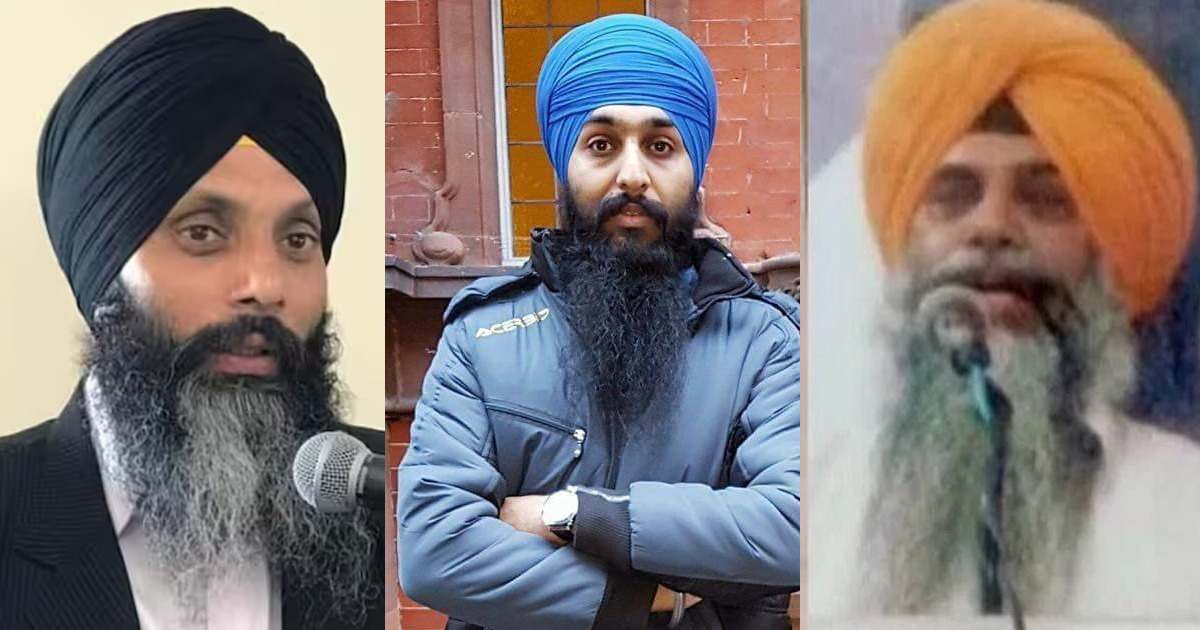
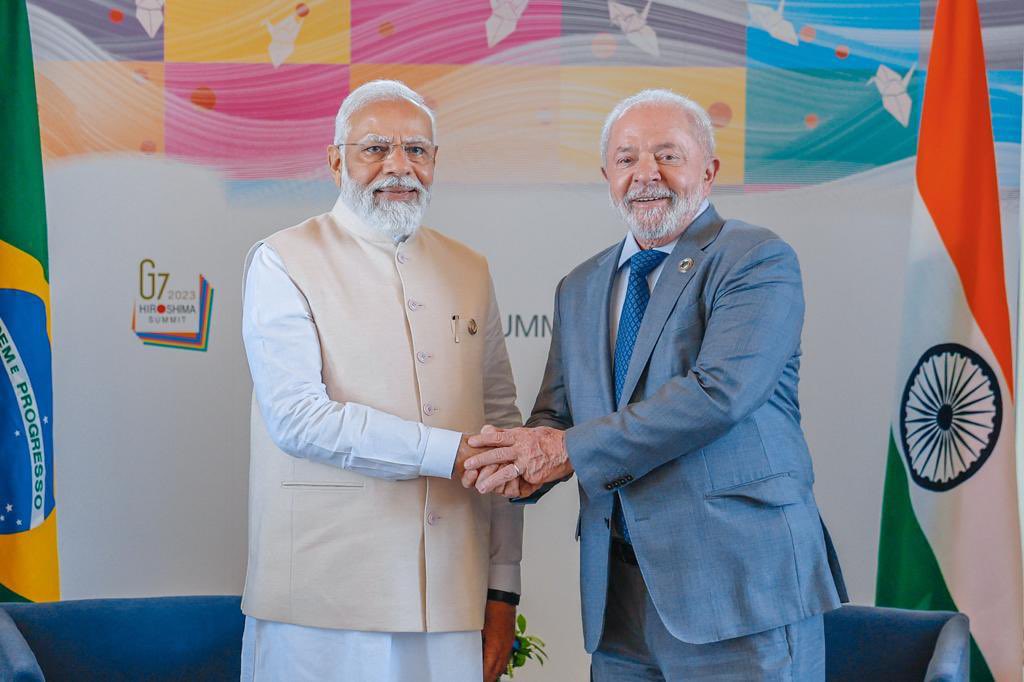

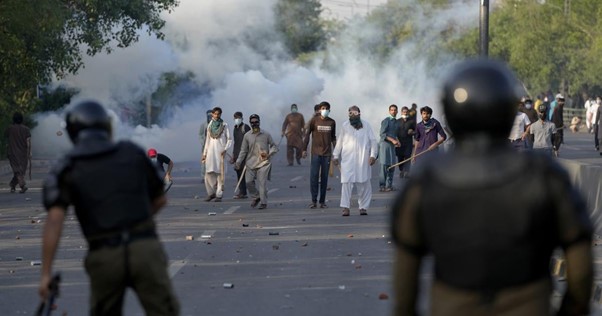

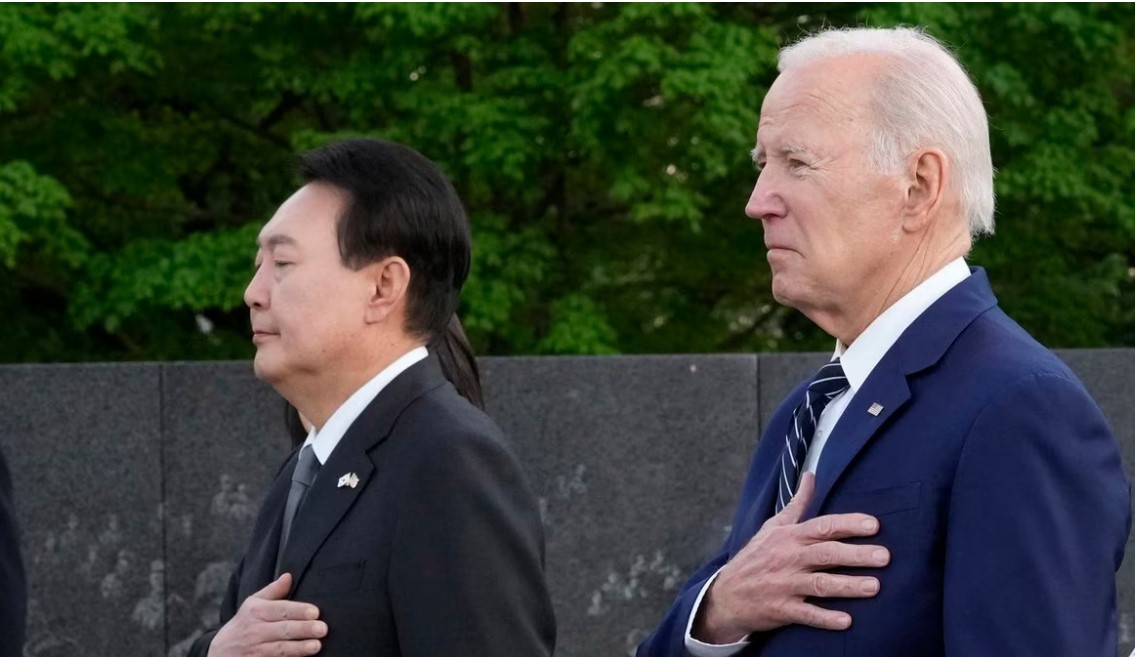


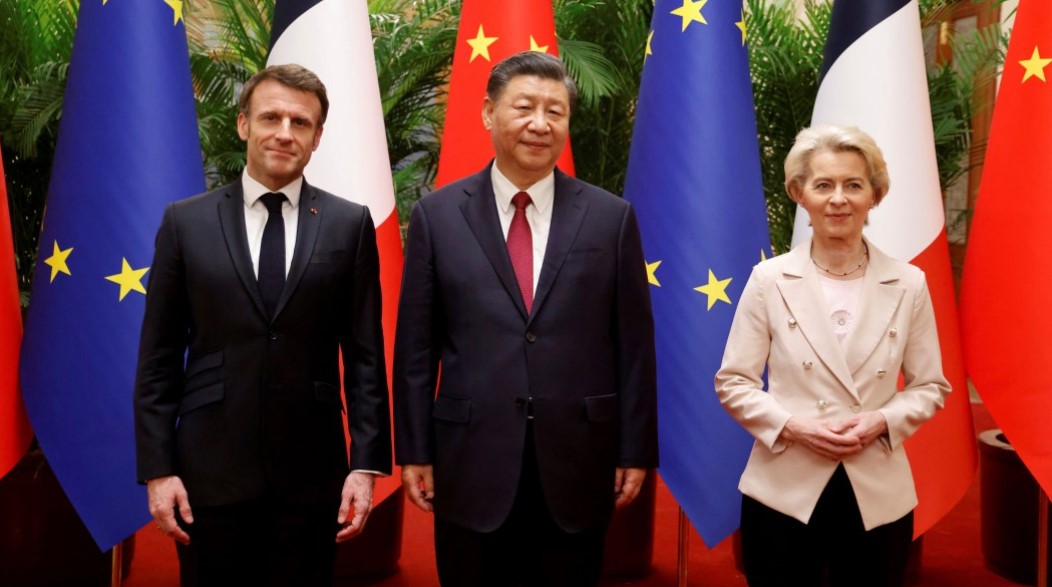







POST COMMENTS (0)